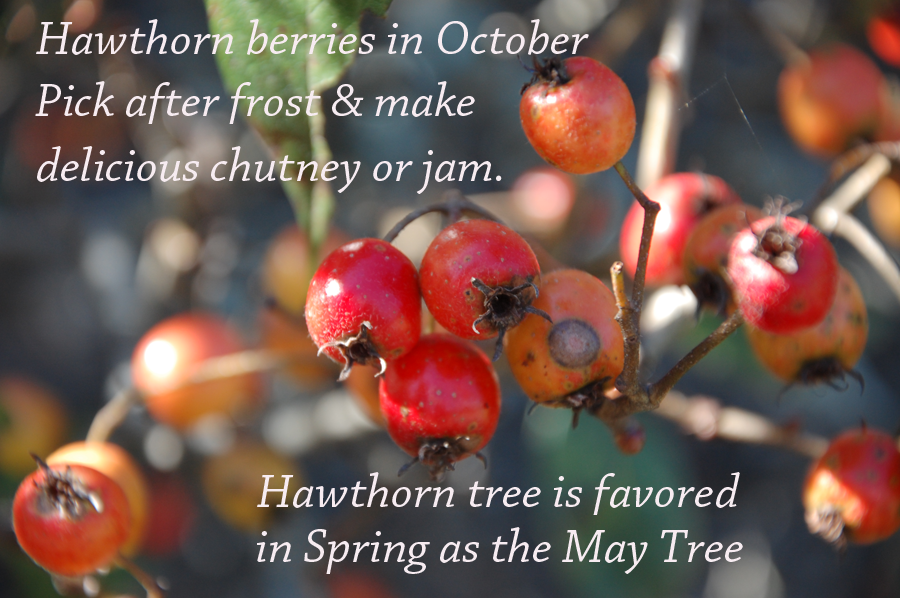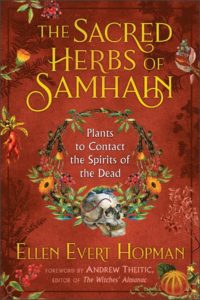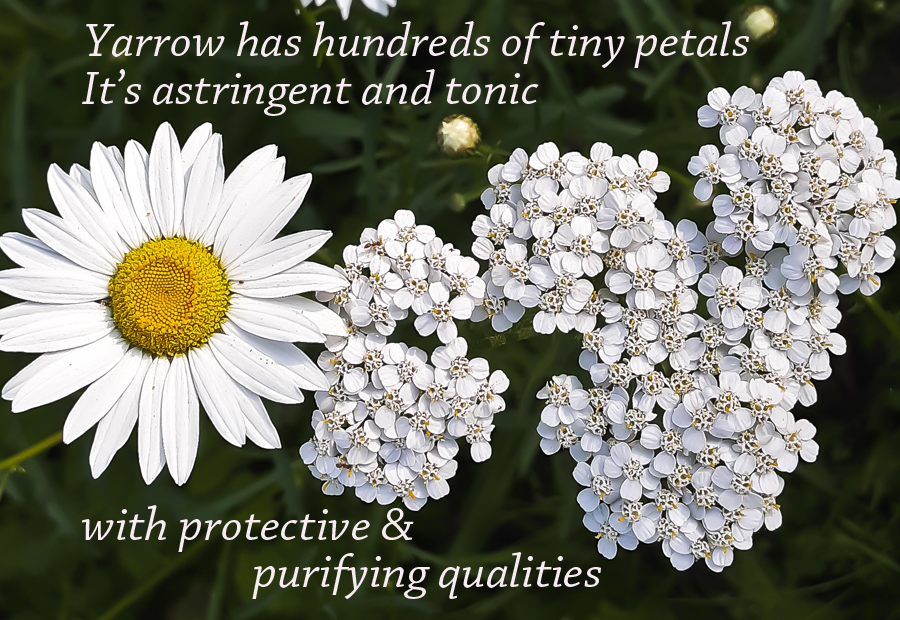Samhain, an ancient Celtic yearly tradition, coincides with three of our fall observances—our present-day Halloween, Dia de los Muertos and All Saints’ Day as observed between October 31st and November 1st.

For the ancient Celts, Samhain is one of two celebrations of the yearly cycle. Celebrated at night with bonfire, it marked the dark and restful half of the year that we know as winter season.
What is Samhain?
A festival observed after the last harvest, Samhain is the name of an ancient tradition of the Celtic people. Their origins are thought to be over 2500 years old. These days, Samhain is a celebration of your local environment, the land spirit and its yield. It also denotes in-gathering of the harvest. It officially opens the winter season and begins the cycle of death and rebirth.
Samhain represents original Western traditions
Knowing little about Celtic people, I was curious about Samhain. I expected to encounter secret rituals and obscure beliefs. And to not understand them. However, such was my initial prejudice—and it didn’t last long. My conclusions are that a well-developed and sophisticated culture is evident in the Celtic people’s festivals, symbolic of original Western traditions and beliefs. And through this experience I became acquainted with Celtic culture. And I became enchanted by the herbs that I actually knew so little about—like Yarrow.
The Celts believed that light and fire opened a portal to the Otherworld–the place where the dead reside. The festival was a way to communicate with people who lived long ago, who were knowledgeable and powerful. For Celtic people, the natural world could explain cycles of decay, death and subsequent re-birth or renewal in ways humans could understand. And if they couldn’t make sense of it, they could appeal for help from deities. They used plants—herbs, vegetables, fruits, and liquid libations—as offerings to help bridge the gap between the living and the Otherworld, or those who’ve passed over, and are now dead.
Celts believed that their ancestors were holding a kind of trust that they could access in times of need. Herbs and plants were venerated as having powers to heal and to communicate. So, human beings transmitted their wishes and expectations to their ancestors through special plant offerings.
 The Sacred Herbs of Samhain: Plants to Contact the Spirits of the Dead by Ellen Evert Hopman, 2019. Published by Destiny Books, a division of Inner Traditions International. 180 pages including indexes and notes; color plates.
The Sacred Herbs of Samhain: Plants to Contact the Spirits of the Dead by Ellen Evert Hopman, 2019. Published by Destiny Books, a division of Inner Traditions International. 180 pages including indexes and notes; color plates.
A serious herbalist is your guide
A serious herbalist who is your guide isn’t likely to leave out details about how herbs can be optimized. How-tos, cautions, anecdotes—all the things you might want to know upon first encountering a celebration with herbs are included. And, because you’ll be hungry during the celebrations, there are recipes and suggestions for supper and offerings you leave for your guests.
Ellen Evert Hopman, a prolific author of herbal manuals and handbooks is a long-time herbalist who cares deeply about your use of herbs. You can sense that easily because her handbook is like a kit, containing lots of information and stories doled out in a practical way. One thing seems clear: herbs are our allies. Herbs guide us towards physical and mental health and the health of the planet, if we respect and use them right.
I think it’s vital to our modern life that herbs should be so acclaimed. And rarely are herbs described in detail both as allies and as medicinal plants, especially targeted for the autumnal season, as found in Hopman’s suggestions.
Seventy-three herbs are shown in color portraits in Sacred Herbs of Samhain. The illustrations are compiled from botanical drawings by artists of the 19th century—I’m guessing the era because the images have that appearance. But the illustrations help to create a sense of time and gives continuity to the festival.
Hopman explains all the ways to use herbs or food—such as Apples—to celebrate Samhain. Recipes for food or medicine and charming ways to tie bundles of an herb, or branches, to make an offering attractive to its intended are included. But if apples aren’t your thing or don’t grow in your area, choose among many others like Lotus flowers, Mugwort, Sage, even herbs or plants without flowers, such as Yew or Cedar. There are poisonous plants like belldonna, mandrake, and periwinkle, and the spices including myrrh, cinnamon and frankincense.
Yarrow and Apple are universal medicines
Hopman’s herbs and proposed uses are balanced between the sacred and earth-bound. She doesn’t expect you to choose an herb solely for its mystical powers.

For example, you might have Yarrow (Achillea millefolium) at hand. You might wish to celebrate with it because of its capacity to shield you from harm. But you should know the cautions in using the herb. Yarrow can be allergenic, is not to be used in pregnancy and breastfeeding, can inhibit blood-clotting (do not use prior to surgery), can increase urination, drowsiness—all indicated on page 73.
However, if none of the precautionary statements apply to you, Yarrow is an ally in purification and protects against negative influences.
See also instructions on how to cook with Yarrow, which parts of the plant are most tender, in what season. This is typical of the recommendations from Hopman.
Note that you really should use a field guide to positively identify herbs you might gather or wildcraft to use in the ways proposed in the book. And take Hopman’s advice concerning the safe use of herbs.
If I noted all the benefits Hopman identifies for Yarrow’s herb and flowers—both the physical and psychological ones—you would be amazed—possibly to the point of being doubtful. Some plants seem to have an overwhelmingly positive affinity for the human body!
Consider the apple (Malus species)—fruit of so many kinds of celebrations, and typically a favorite fruit or fruit juice for all ages. I didn’t know that the apple is also considered an Otherworldly fruit, did you? A favorite food of the Celtic god who lives on an island called “Place of Apples”, another name for Avalon, or Isle of Apples—these are some examples of this bright and delicious fruit having such a golden reputation beyond its perfect flavors.
In the past, ancient peoples combined religion and science. It’s not that they were wrong about that—yet today we leave pretty much everything up to authorities—ours are the scientists—to understand a plant and tell us the truth about its capabilities.
The ancients thought much about plants. Observing plants (and animals, and the weather, the land, the seas, etc.) became a kind of science for them. In those times, shamans and seers were the authorities, responsible for well-being in life as well as communication with the dead. Yet the festivals allowed everyone to participate at some level. And its the beginning of empirical evidence, explained in the medical dictionary on “The Free Dictionary” webpage here.
Prepare for a harvest festival
Hopman prepares you for the festival that’s celebrated after your local fall harvest. You’ll discover details about the festival of Samhain, and which plants are best for inviting the spirits of the dead. You’ll identify which ones purify, protect, and help communicate with the Otherworldly spirits. You’ll see that some foods are considered ritual offerings and note how rites are conducted.
In order to have an exchange with the goddess, you might have to “shape-shift” as a dark-colored or dark-feathered bird or animal. This is because a bird can fly and can transport you to a far-away place, finding at last the spirit you intended to contact. As in all cases where a spirit is invoked, offerings are encouraged. You could leave an object, a plant’s leaves or fruit, or resolve to change your behavior with others. Why should you receive gifts from a spirit without giving something in return?
Our modern attitude towards herbs
Did you wonder why I wrote above, “Yarrow and Apple are universal medicines”? Do you know that Yarrow, a perennial herb (the same plant can live to be years and years old), has so much protective power for humans? Whereas apple, a universal fruit, grown all over the world and in many sizes and colors, protects itself at its core with its own distinctive branding—its own symbol. Have you seen this? To find it, cup an apple in half at its circumference. There in the center of the fruit, you’ll see a five-pointed star encasing the seeds.
In modern times, canned produce and fruits, frozen and dried foods like herbs and mushrooms, grains, pulses and flours allow us who are on the go to thrive in the otherwise un-fruitful seasons. We don’t have to focus on or even become aware of how our food is produced or whether there will be enough. It is there, available in fluorescent-lit warehouses we call supermarkets. Paying homage to the gods seems like something out of a fairytale, an ancient nursery-rhyme or Gothic novel. Not for everyone, or for all the times.
Yet it’s somewhat entertaining to imagine how people in the past explained the mysteries of life to each other. Ancient knowledge has survived and is being utilized right now. It’s amazing, and we have to keep pinching ourselves to ensure we are not dreaming. Herbalists are following ancient wisdom to know nature better and to place herbs in a variety of practices and roles. This must mean that herbalists are willing to extend their practice and that their trust in the nature and efficacy of herbs is operative and ongoing.
The art and science of herbs is a current of life, an invitation to grow wiser. An awareness of natural substances, that if used carefully will not harm you, engenders a kind of bliss. Where are you with this?



